In the field of professional oral care devices, user safety incidents such as gingival burns combined with cervical hypersensitivity are emerging as an urgent concern, especially in the whitening and deep-cleaning product categories. Manufacturers may underestimate the combined impact of thermal, chemical, and mechanical stress on delicate gingival and cervical areas. But when burns and hypersensitivity appear together, they signal a systemic design or process flaw that must be addressed. How urgent is this issue—and how can product design prevent it?
Gingival burns refer to tissue damage along the gums, typically caused by:
Cervical hypersensitivity involves intense sensitivity in the tooth neck region (cementoenamel junction), often triggered by:
When these two issues occur simultaneously, user discomfort and potential oral injury escalate rapidly.
Experiencing gingival burns and cervical hypersensitivity together is not random:
Therefore, these two complaints often indicate a shared design flaw—typically excessive thermal output, poor gel formulation, or poorly shaped delivery heads. Company web:https://www.powsmart.com/product/electric-toothbrush/
Common risk factors contributing to combined injuries include:
Manufacturers must recognize that tissue safety depends on more than formulation or output specs—it requires full-system safety integration.
Effective design changes to prevent gingival burns and cervical hypersensitivity include:
Applying these design principles at R&D level can proactively eliminate root causes.
In mass production, manufacturers should implement:
These controls help detect risks that might otherwise bypass traditional mechanical testing.
By eliminating the combined risk of gingival burns and cervical hypersensitivity, manufacturers can:
In professional B2B sales, safety-focused certifications and test reports can differentiate products in competitive tenders or regulatory audits.
Yes, when gingival burns occur alongside cervical hypersensitivity, it signals an urgent systemic problem—one that requires immediate intervention at the design and QA levels. By understanding the link between thermal, chemical, and mechanical stresses, manufacturers can protect users more effectively and transform safety into a powerful market differentiator. Contact us
.jpg)
.jpg)
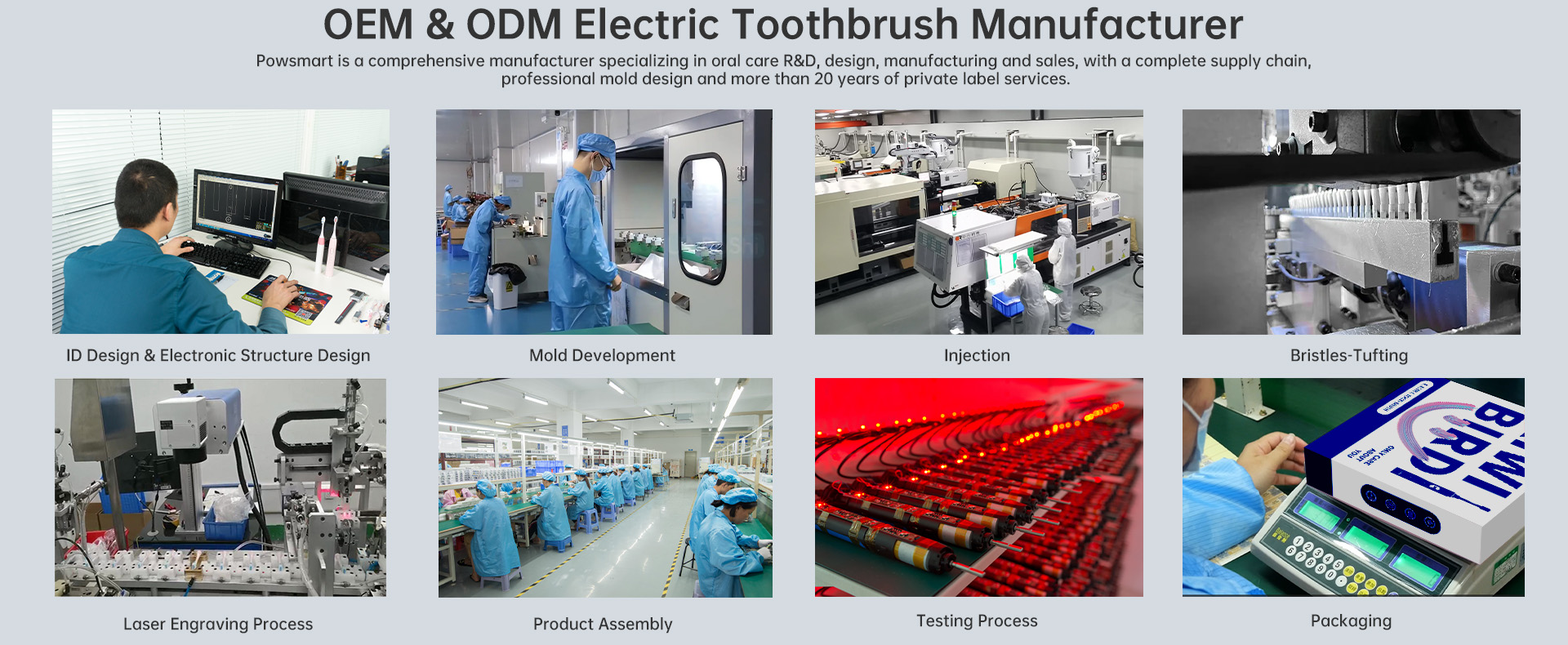
What Are the Other Promising oral care Products in the Oral Care Industry?

Solutions to Common Problems with Teeth Whitening Devices: How Can Manufacturers Reduce Product Return Rates?
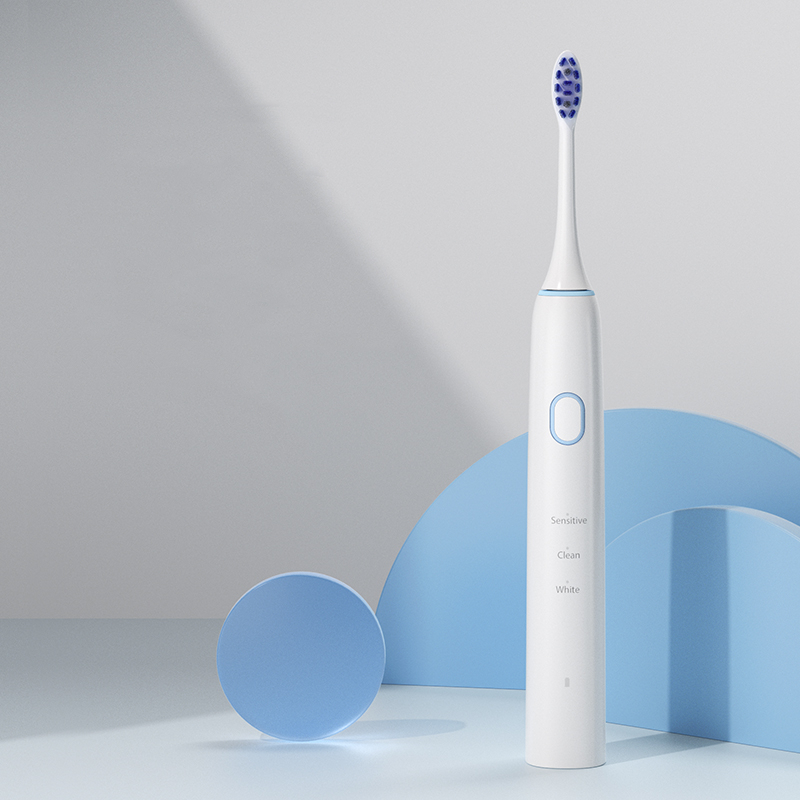
Wellness Corporate Gifts for Diwali: Custom OEM Solutions
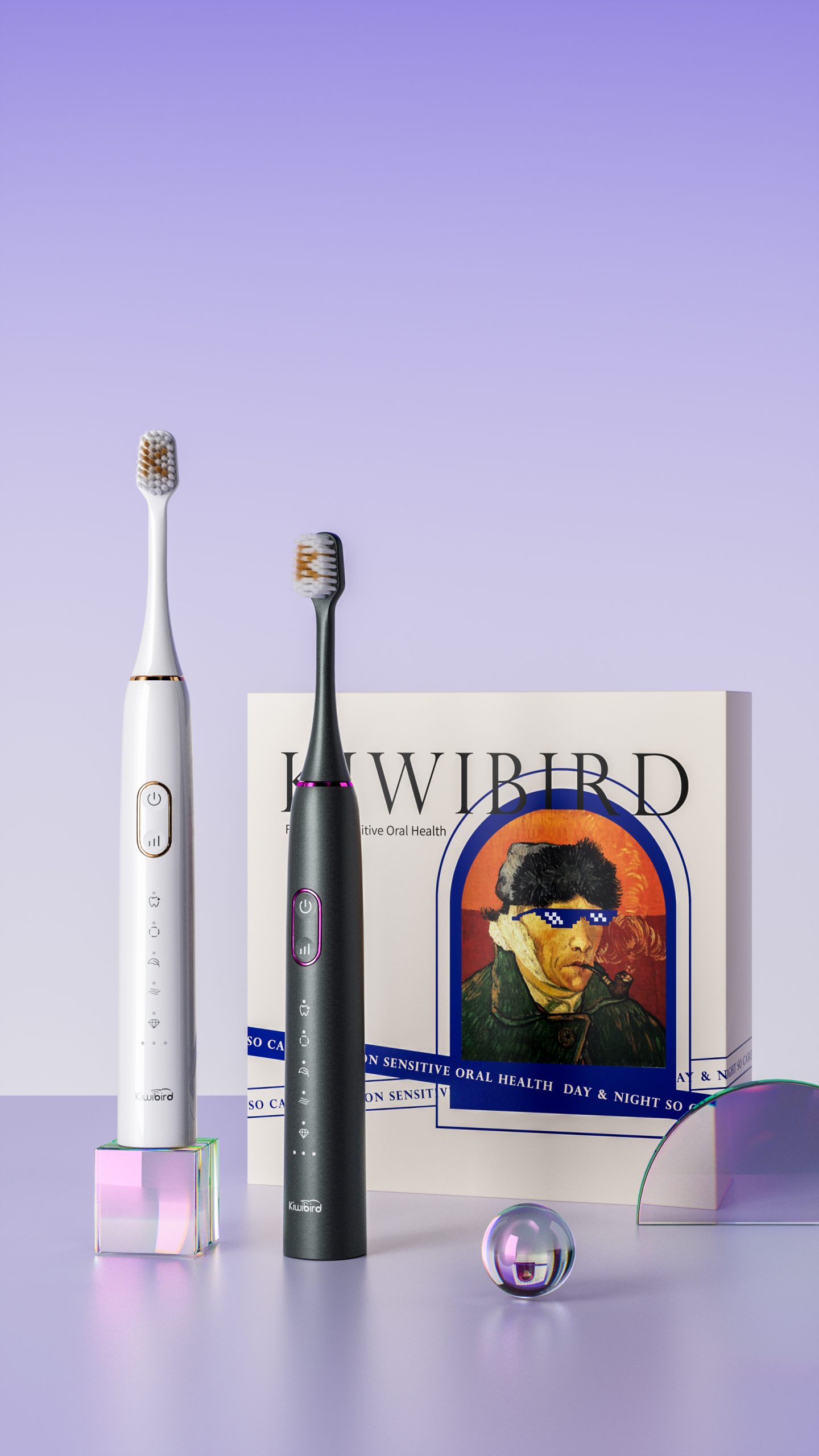
Why the Seattle quiet toothbrush is the best Seattle apartment toothbrush?
.jpg)
Seeking a Toothbrush Industry Partner for Toothbrush Market Expansion?
Corporate Wellness Gift Ideas Seattle Electric Toothbrush | Custom Logo Options
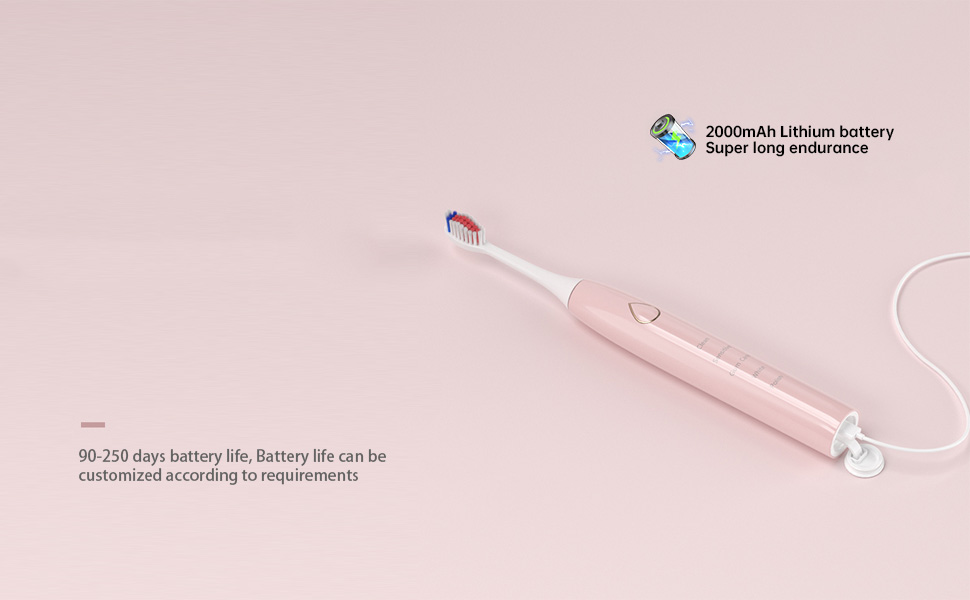
Electric Toothbrush Precision Mold Shell: How to Achieve Durability and Beautiful Design?
Smart Pressure Sensor Toothbrush Supplier | Intelligent Brushing Solutions
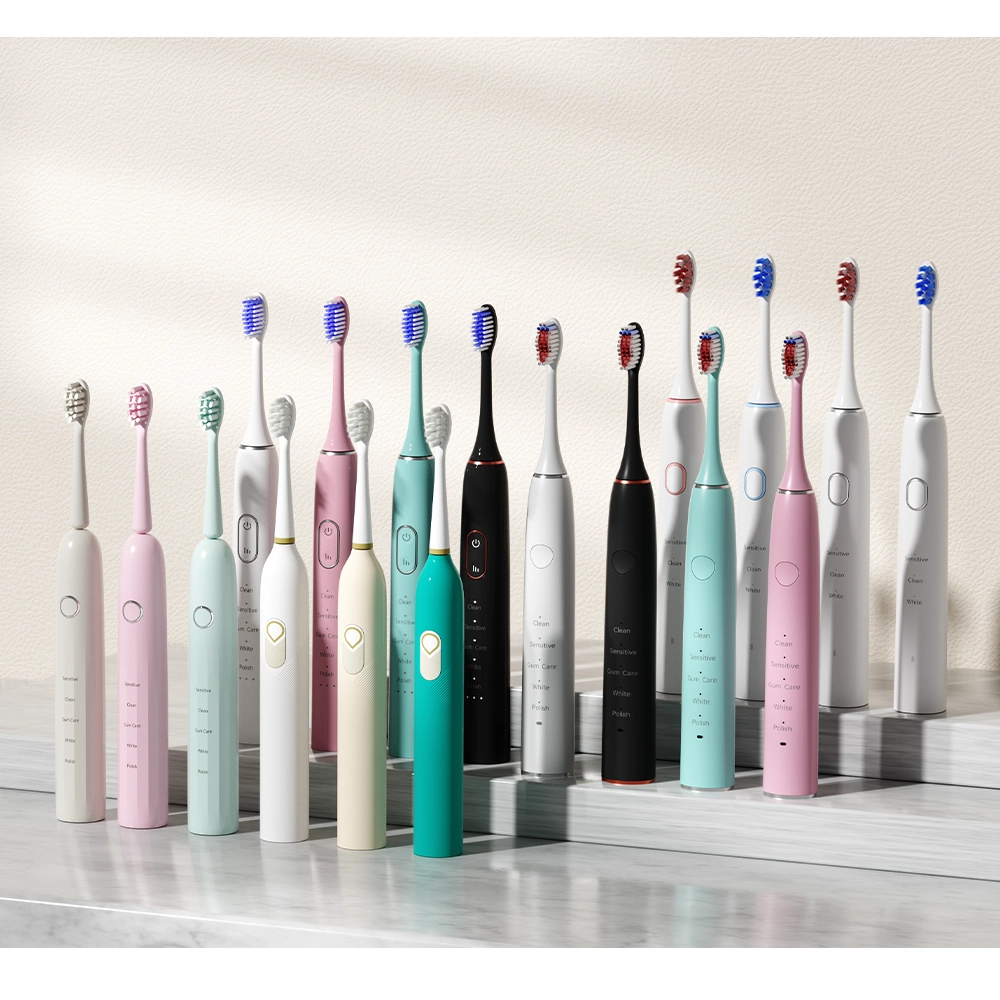
The Advantages of Teeth Whitening Devices: How to Enjoy Professional-Level Teeth Whitening Results at Home
How to Prevent Water Discoloration and Microbial Growth?
Electric Toothbrush with Pressure Sensor – OEM Design & Wholesale Supply

The Difference Between a Dry Battery Toothbrush, a Sonic Electric Toothbrush, and a Rotary Electric Toothbrush
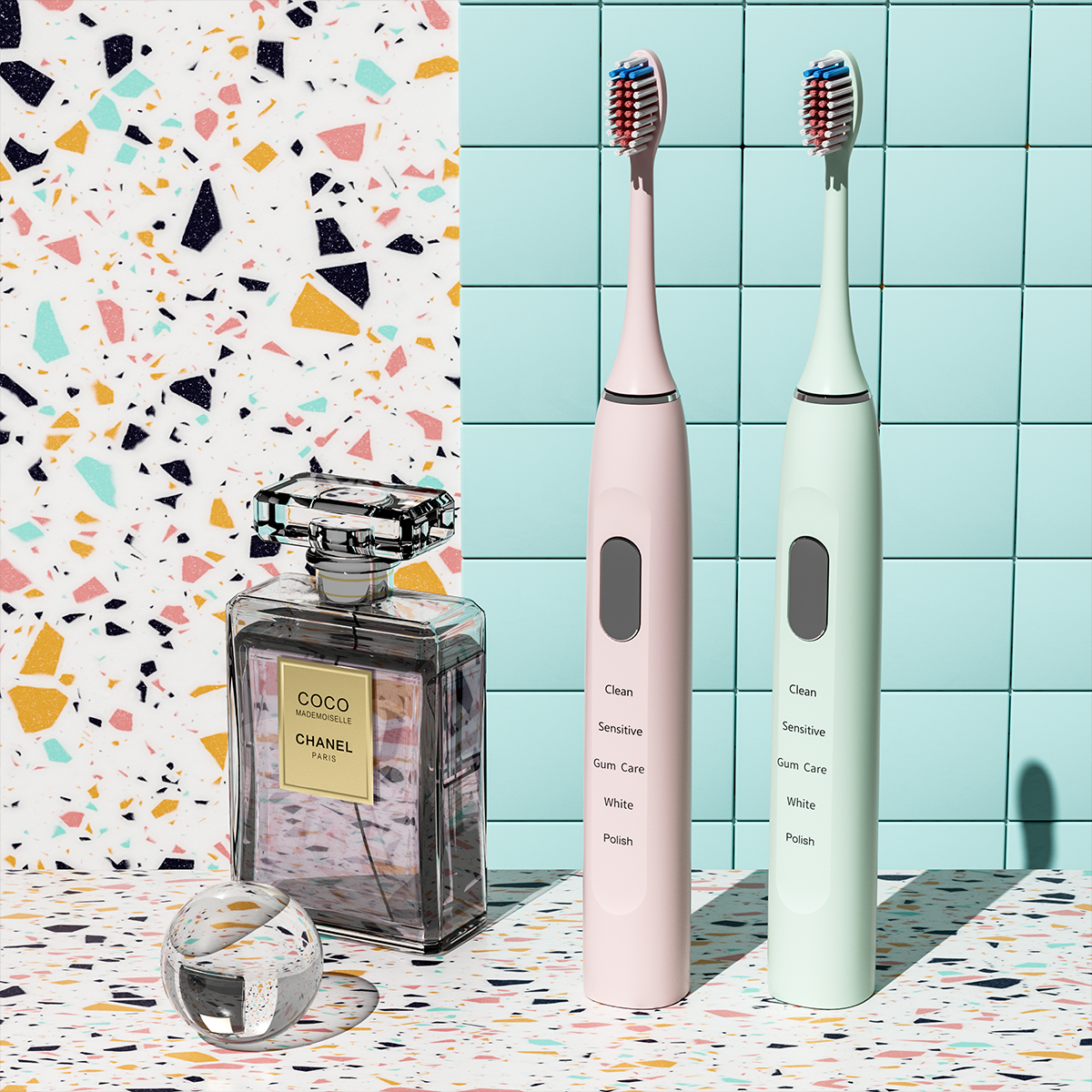
Holiday Gift Sets for Clients – Custom Oral Care Corporate Gifts

Preventing Water Damage in Electric Toothbrush Charging Ports: A Manufacturing Perspective

Can Sonic Brushes Polish Without Damage?
.jpg)
Which Product Functions and Performances of Water Flossers Are Users Most Concerned About?

Electric toothbrush heads Charcoal Infused-Diamond

electric toothbrush heads Charcoal Infuse-Round

electric toothbrush heads Deep Clean

electric toothbrush heads Regular Clean

Customization Teeth Whitening Gel

electric toothbrush heads Ultra Soft

Private Label Whitening Gel
.jpg)
Florida Electric Toothbrush – Powsmart PTR-C8
whstapp
whstapp
National Toll-Free Service Hotline
+86 755 86238638